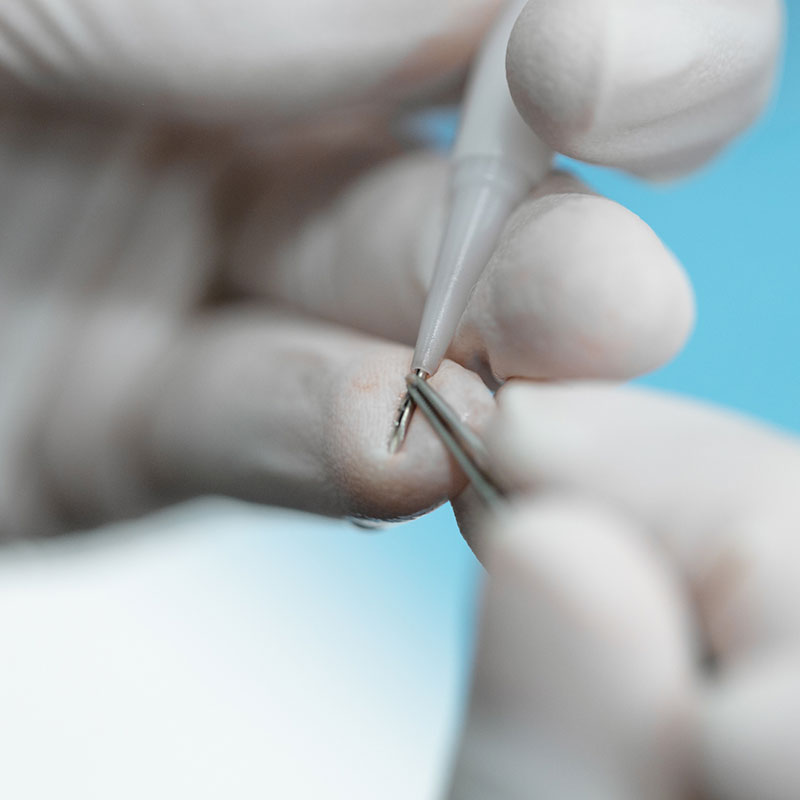A Quick Comparison
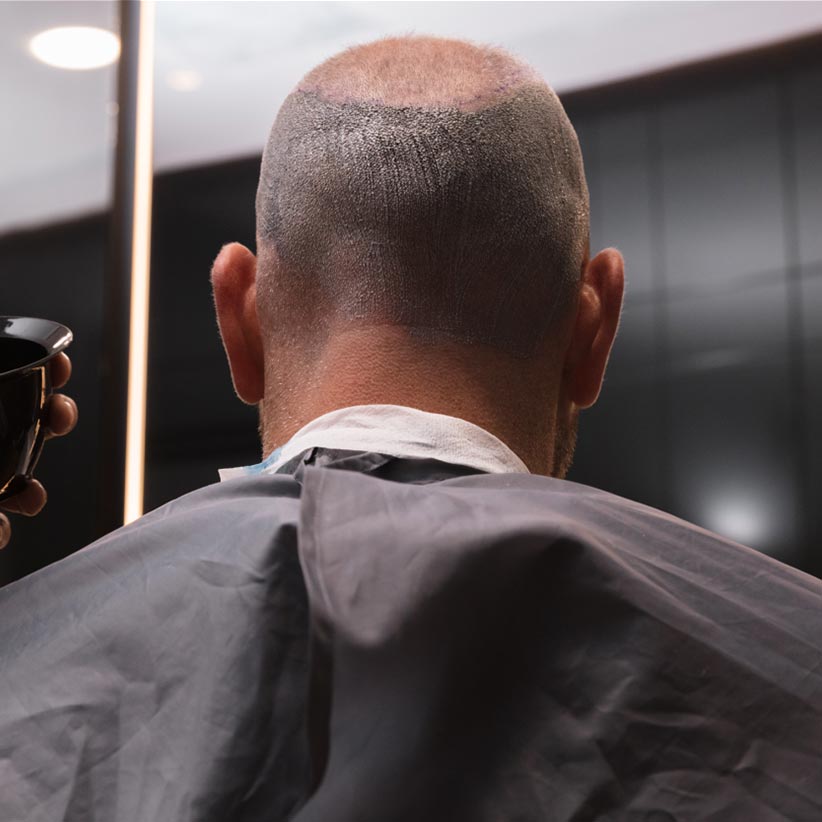
The First Hair Transplant
Modern hair transplants began in the 1930s in Japan. Surgeons there successfully used small patches of skin containing hair follicles to cover hairless areas damaged by injury. They even managed a few follicular unit grafts to restore hair to eyebrows. They received little attentiona and techniques didn’t advance due to World War II.
See the Results
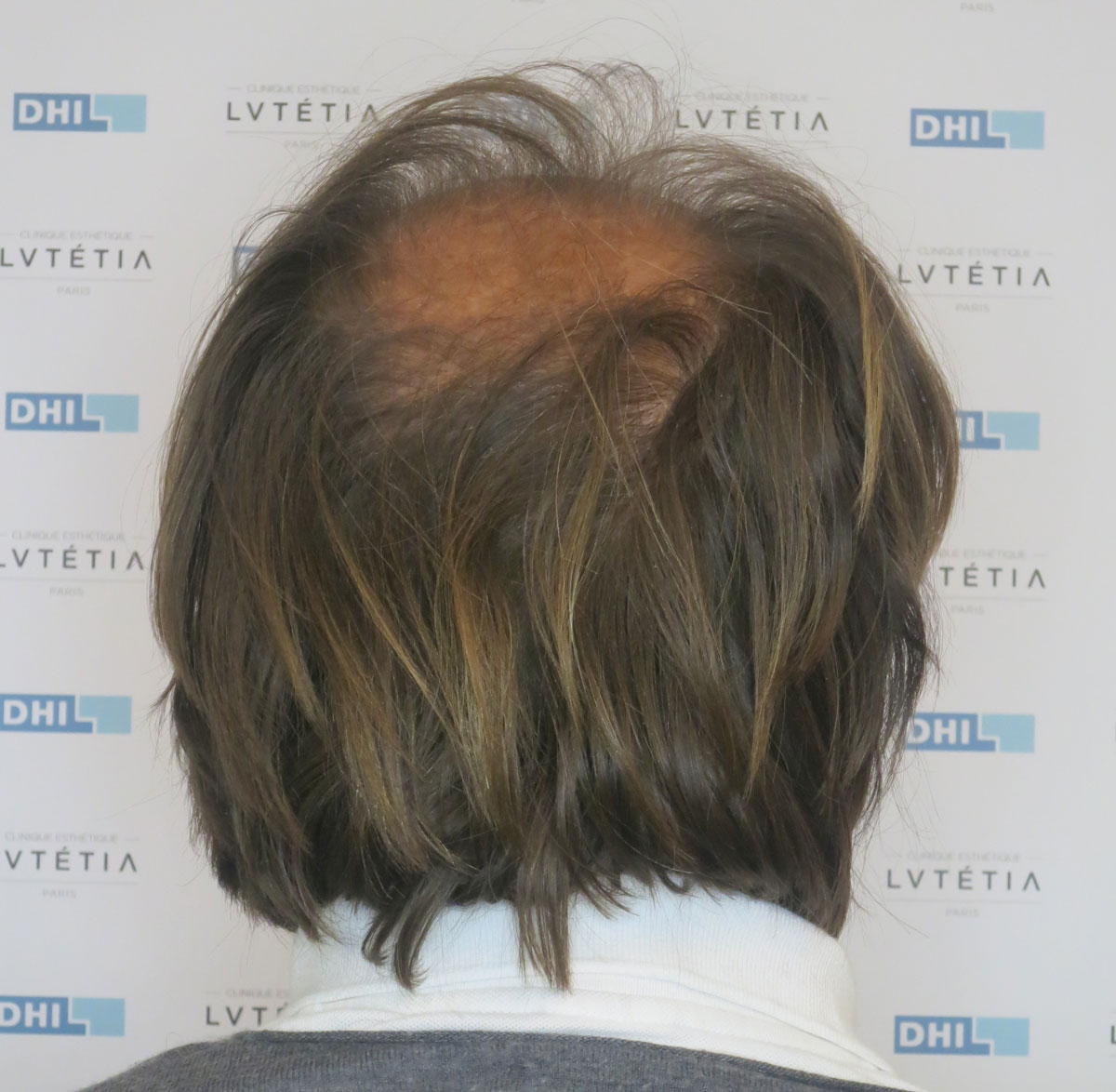
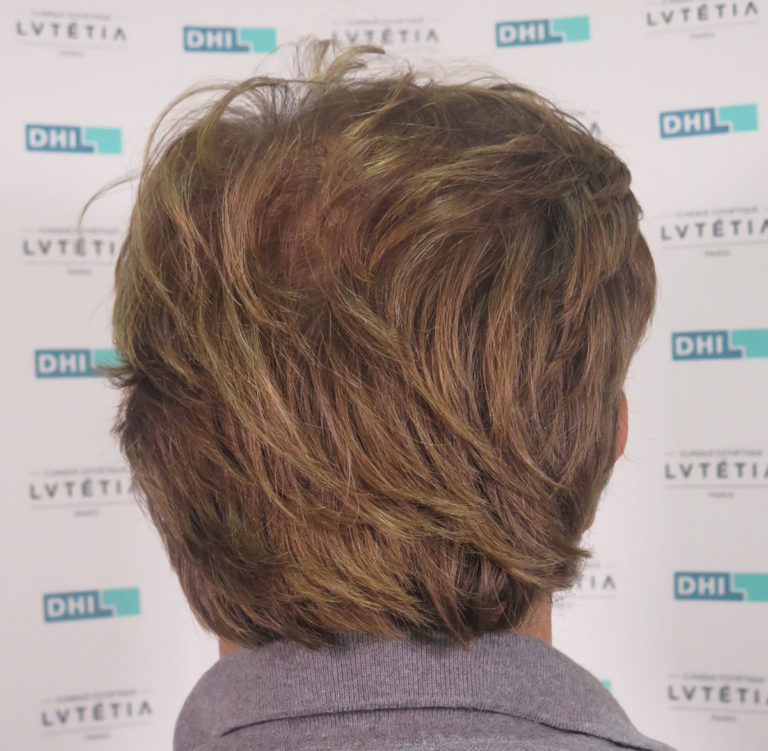
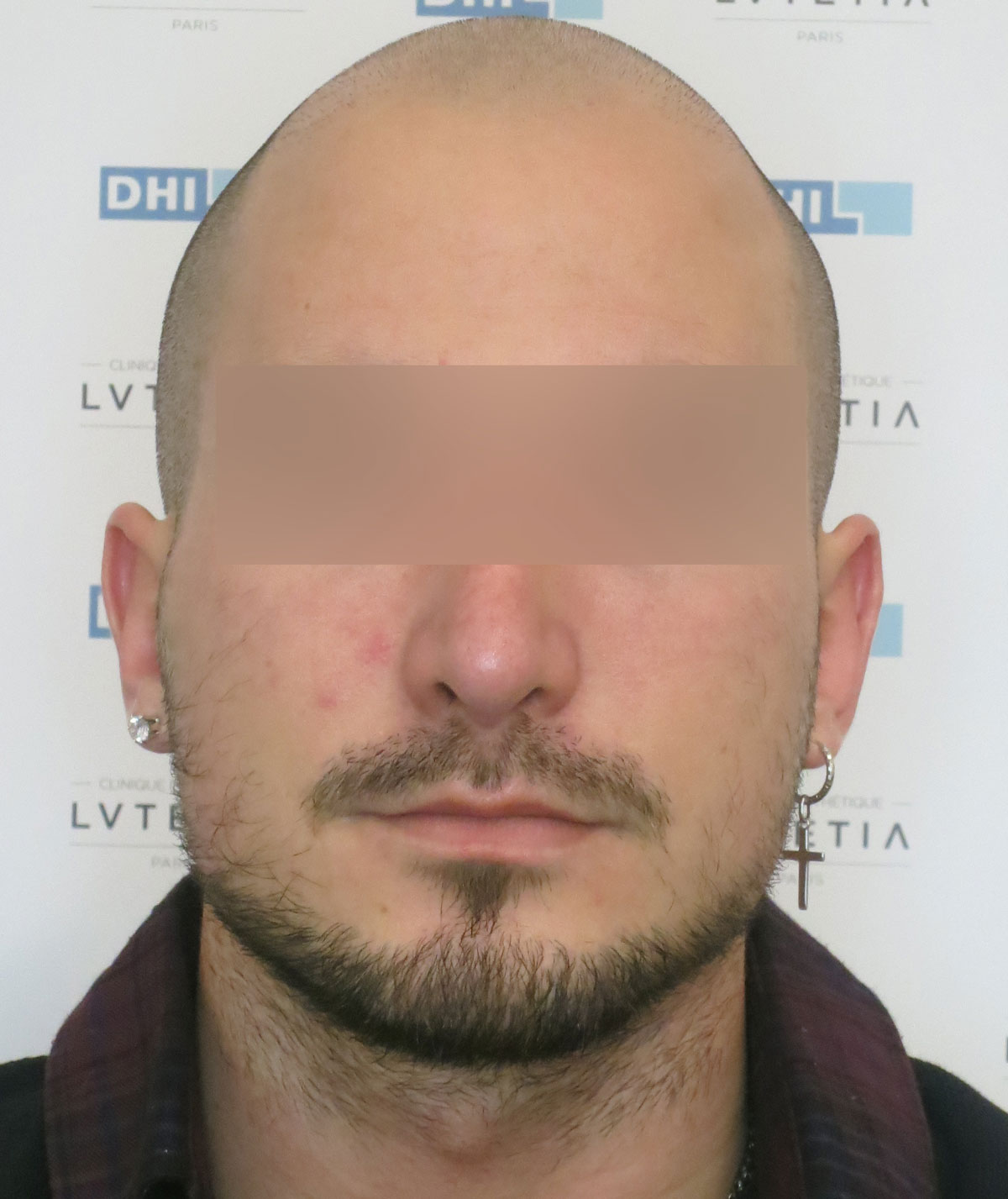
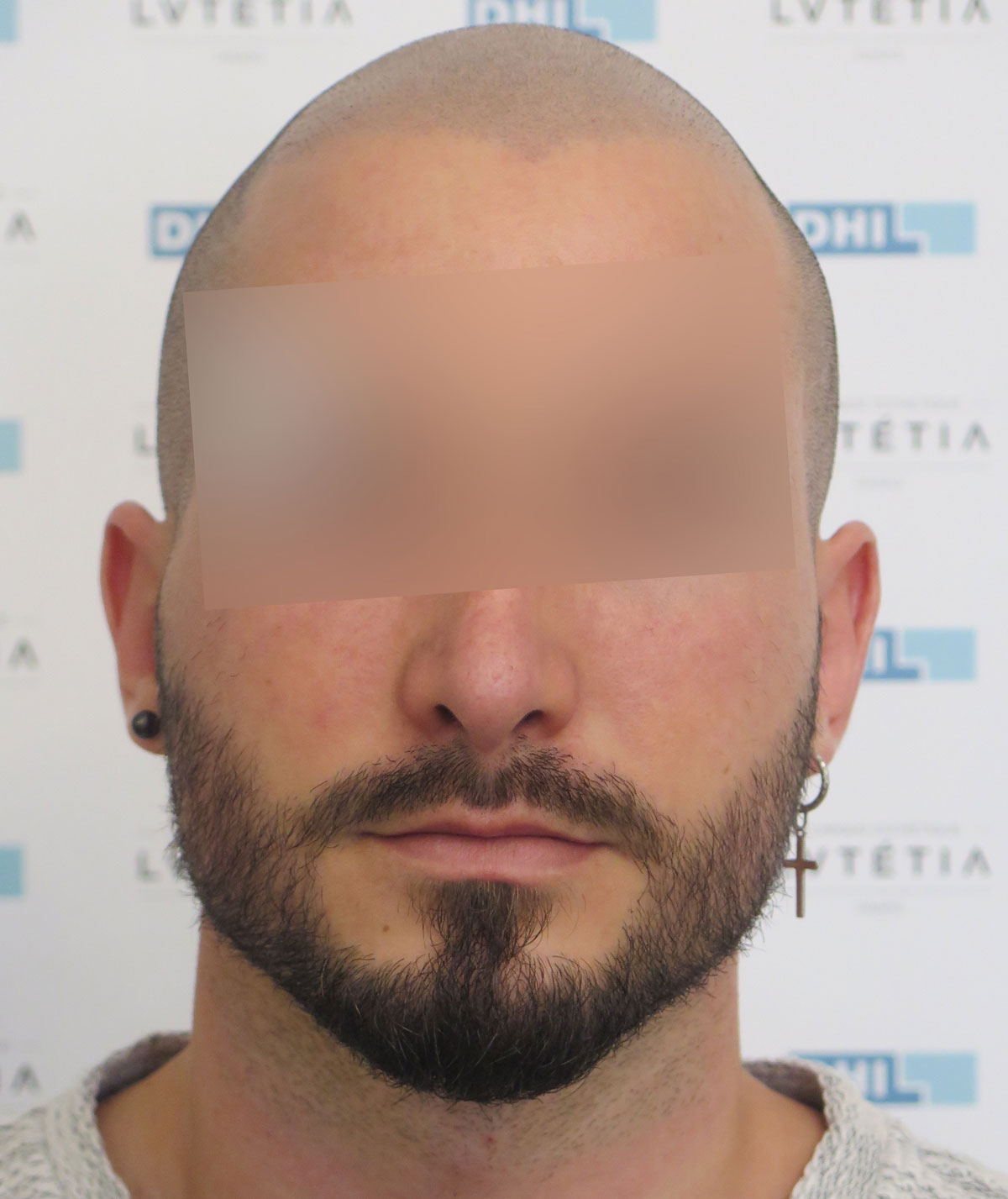
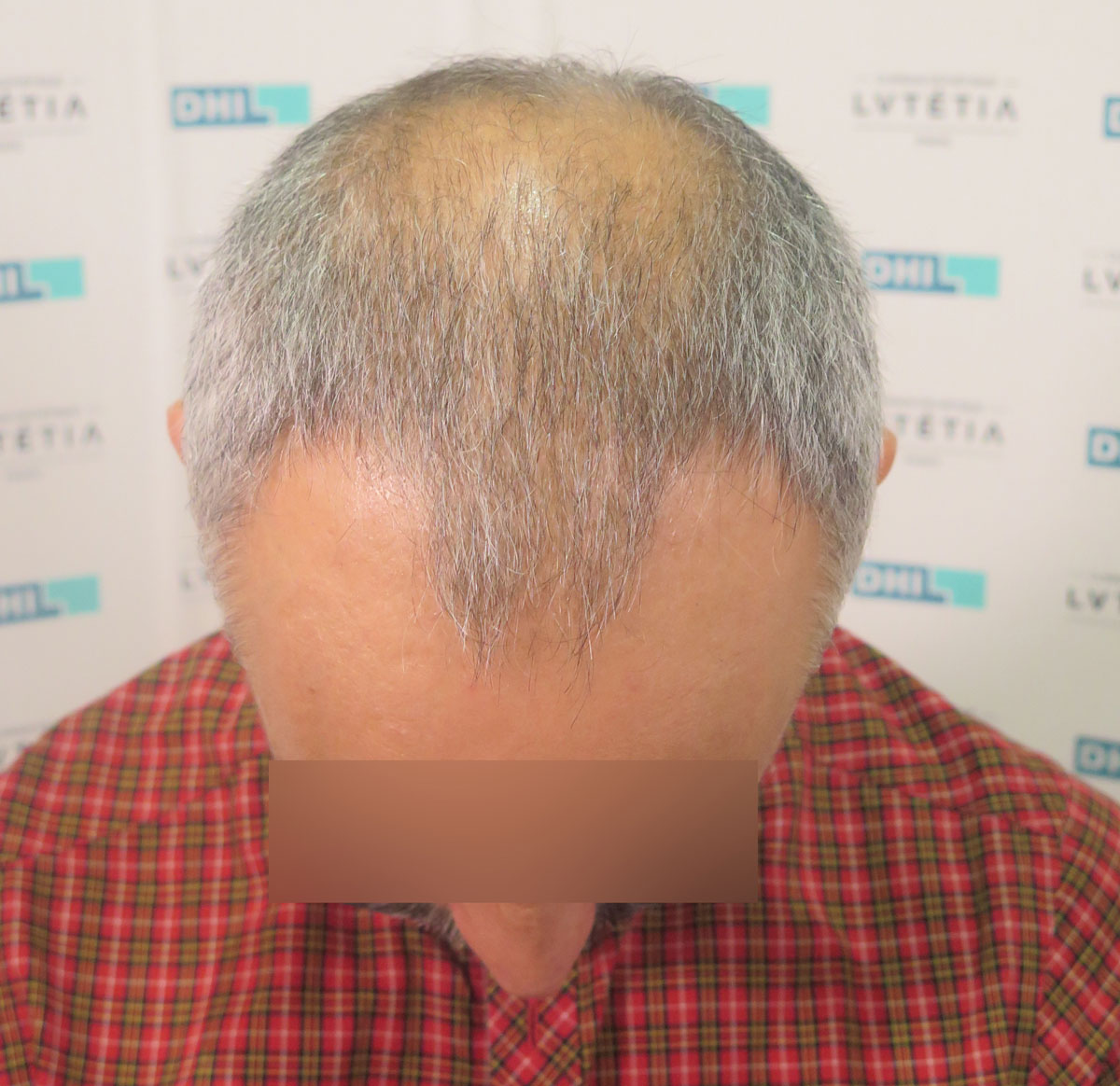
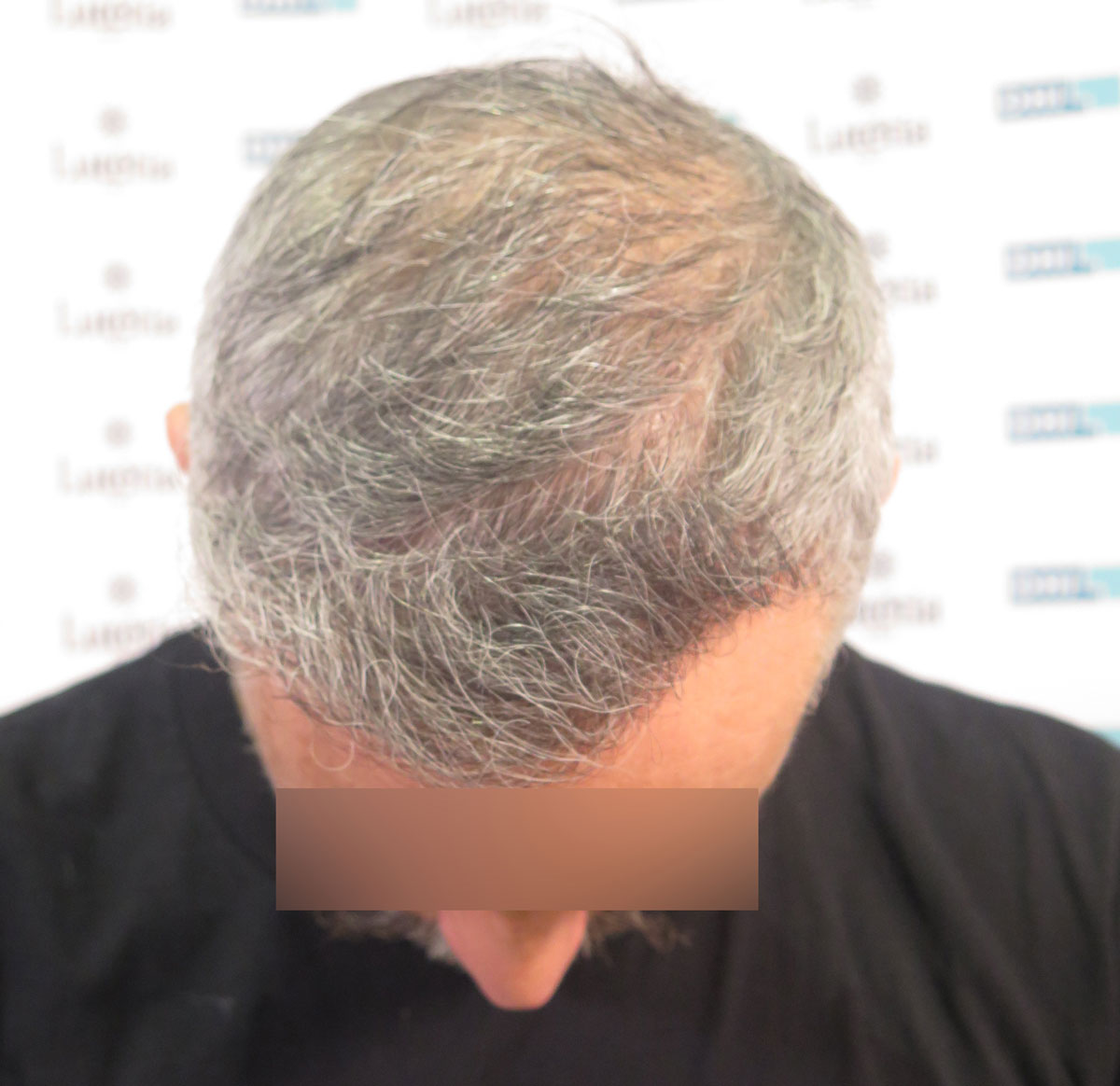
GET IN TOUCH WITH US NOW
An Important Discovery
In the late 1950s, New York dermatologist Norman Orentreich began to experiment with donor grafts to patients with male pattern baldness. He discovered that hair retained the qualities of the donor site, they were donor dominant. This means hair transplanted to balding areas wouldn’t fall out again due to the hormone senstivities that cause male pattern baldness. In other words, hair that is resistant to blading will remain that way, regardless of where it is transplanted. And soon after, another doctor determined the “safe donor zone,” the area from which follicles could be harvested to be transplanted elsewhere.

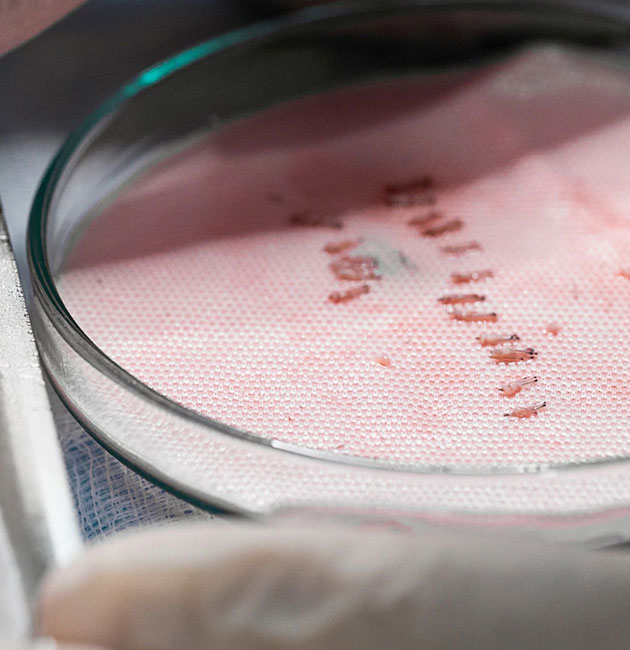
From Plugs to Strips
For the next 20 years, surgeons worked to transplant smaller grafts in order to do less damage to the scalp, but with little success. 2 – 4 mm plugs led to a doll’s head appearence. So strip excisions replaced the plug method. The strip could then be disected into micrografts. This was the beginning of Follicular Unit Transplant or FUT. Still, this left scars on the donor area. Then in the early 2000s an Australian doctor experiemented with extracting follicular units from the donor area using a small punch, which led to increased popularity of Follicular Unit Extraction or (FUE). This method can sometimes lead to damaged follicles during extraction and “pit scarring” which is damage done to the scalp by the punch.
The Advanced Method of Hair Tranplant by Maison Lutétia Paris
Not satisfied with the limitations of other methods, at Maison Lutétia we practice a method which is an evolution of FUE. We wanted to transform the industry, to increase its credibility. The current method follows a strict international protocol for follicular extraction and scalp protection while achieving the most natural results possible.
